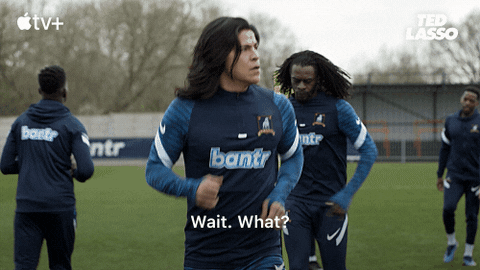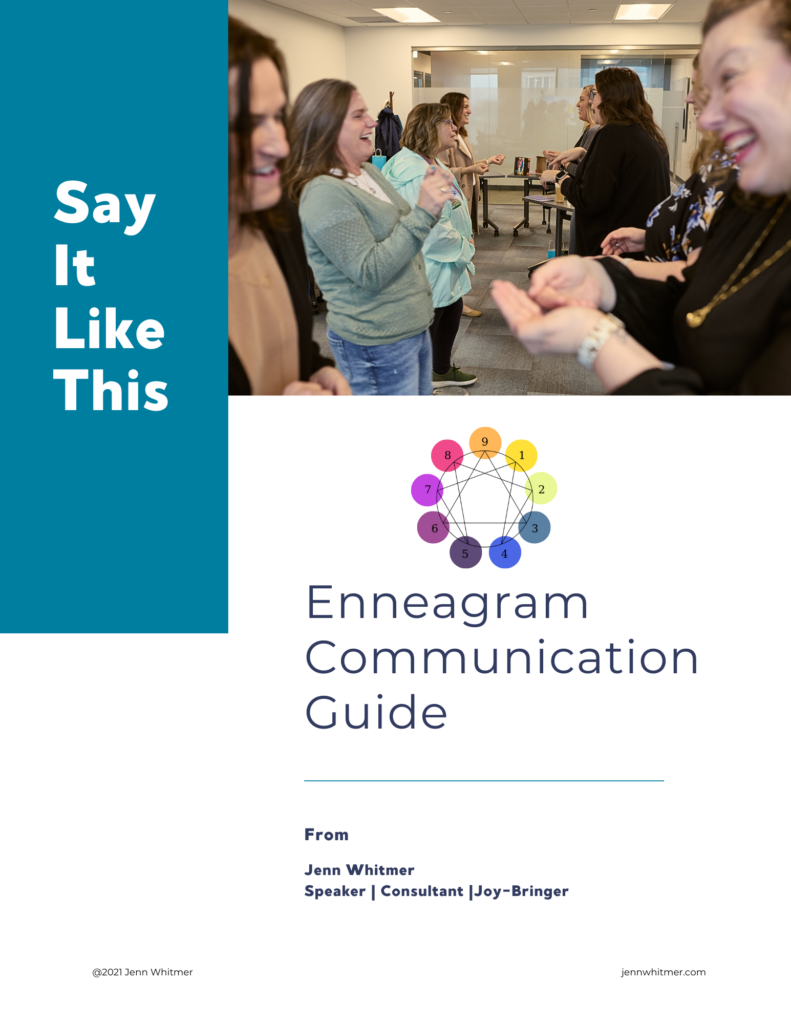“Wait. You rearranged the entire class schedule? But why?”
My fork stopped between my spinach salad and my gaping math in the lunch room.
“Because of the tests,” the teacher said with a look of disbelief.

Let me back up. As the Director of Assessment, I created an intricate testing schedule for the entire school. This included arranging the timing so students could take their standardized tests in the same classroom and time with their teacher as the subject of the test. For example, 6th graders took their standardized math test at their normal math time in their math teacher’s classroom.
I told this long story at a staff meeting about making the testing as low-stress as possible for students, teachers, and families. Here’s the schedule. Let’s make this great!
Simple right?
Nope.
Somehow, the middle school teachers and I miscommunicated. This teacher spent hours moving locations and timings to arrange tests for her team and students. We both felt frustrated, foolish, and guilty. The new decisions and extra communication needed to happen. All. That. Wasted. Time.
Communication is the primary engagement skill we use to get anything done. Which is why communication is a necessary skill for each and every leader.
So in this communication failure, I had to get really honest with myself. My Enneagram Seven personality impacts the way I communicate. And if I’m not aware of its influence, miscommunication always follows. (If you’re new to the Enneagram, it’s a personality framework that shows us why we think, act, and feel the way we do.)
Before I tell you what I discovered, here’s a bit about each Enneagram type’s communication style.
- Eights: “I just tell it like it is.”
Challenging and Commanding. The directness of an Eight often brings clarity, but it’s distracting when paired with intense anger. - Nines: “Mmm. Uh-huh.”
Open and Reassuring. Open and agreeable, Nines connect easily with others but are not forthcoming with their own opinions or perspectives. - Ones: “Here’s what’s right.”
Polite and Moralizing. Ones hold strong opinions and freely share them. However, they may not recognize them as opinions, thinking they’re just saying what’s right or wrong. - Twos: “That’s great!”
Listen and Advising. You feel safe and warm talking with Twos. If they think it might hurt someone’s feelings, Twos circumvent clarity with compliments or extreme subtly. - Threes: “Make it snappy!”
Efficient and Promoting. Threes are great motivators, but they are easily frustrated with lack of focus in a conversation. - Fours: “Is this genuine for me?”
Meaningful and Reacting. Fours want to know what’s underneath what people are saying. Their intensity can overwhelm some who are looking for a simple meaning or quick conversation. - Fives: “I’m thinking.”
Intellectual and Observing. Fives need time to share their thoughts. When they open up, they share interesting observations and unique perspectives. - Sixes: “But what if…?”
Supportive and Questioning. No one asks questions like Sixes, both in quantity and quality. At times, the questioning style can feel combative. - Sevens: “Oh! We could…?”
Stories and Brainstorming. Sevens are engaging and talkative, telling stories that involve others and bring context to data and experiences. Sometimes those stories can be distracting.
As a Seven, I don’t like limits or micromanaging. In the scheduling debacle, I realized I let my Enneagram type’s limitation avoidance get in the way of giving clear direction. My discomfort with telling grown adult professionals “do it this way” came out as suggestions, leaving room for interpretation that I didn’t want. My story wasn’t focused on giving context. I made the assumption that destroys communication: I said it clearly.
All of this clashed with the teacher’s Enneagram Five personality reserved communication style, preferring to solve the perceived problem without questions.
Sometimes, failure is our best teacher. Even if we wish we were in a different class.
I think it was the first time I used the self-awareness wisdom of the Enneagram to improve my communication. In the decade that has followed, I continue to find the Enneagram is the most powerful tool in my leadership.
What about you?
This feels rather incomplete, though, doesn’t it? I’m sure you’ve got so many questions. How can your Enneagram type improve communication? What do you do if you’re working with other Enneagram types? (Because you are!) What about my partner, parents, or friends?
I got you. I created Say It Like This: Enneagram Communication Guide.
The Say It Like This includes
- Purpose of communication. Why communication matters. (I always like to start with why!)
- Enneagram Centers of Intelligence and questions to get at them all.
- Descriptions of each Enneagram communication style, including what to work on for each type and how to communicate better with each type.
This guide has actionable tips. It includes more than descriptions of how different Enneagram types talk, but actually what to do about it so you can communicate better. Improve your next conversation for less than the price of two smoothies.


COMMENTs:
0